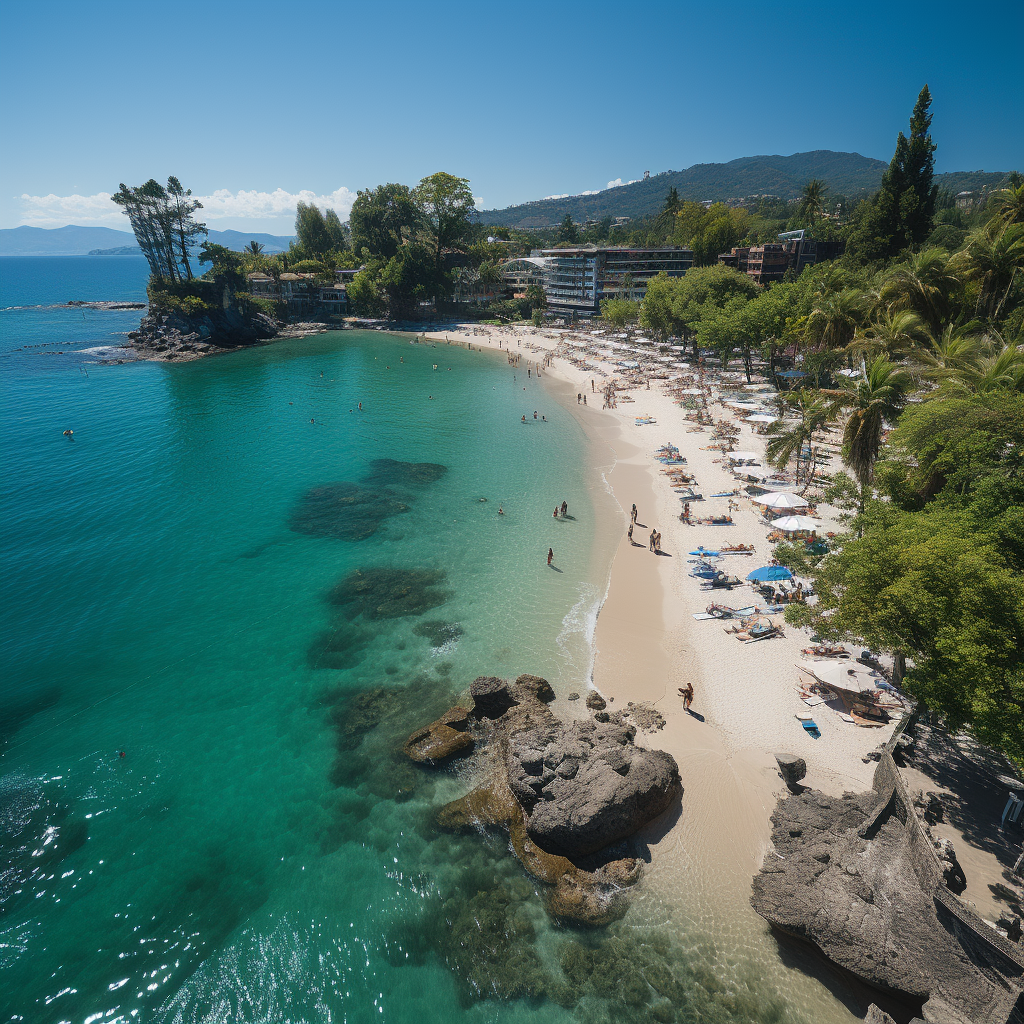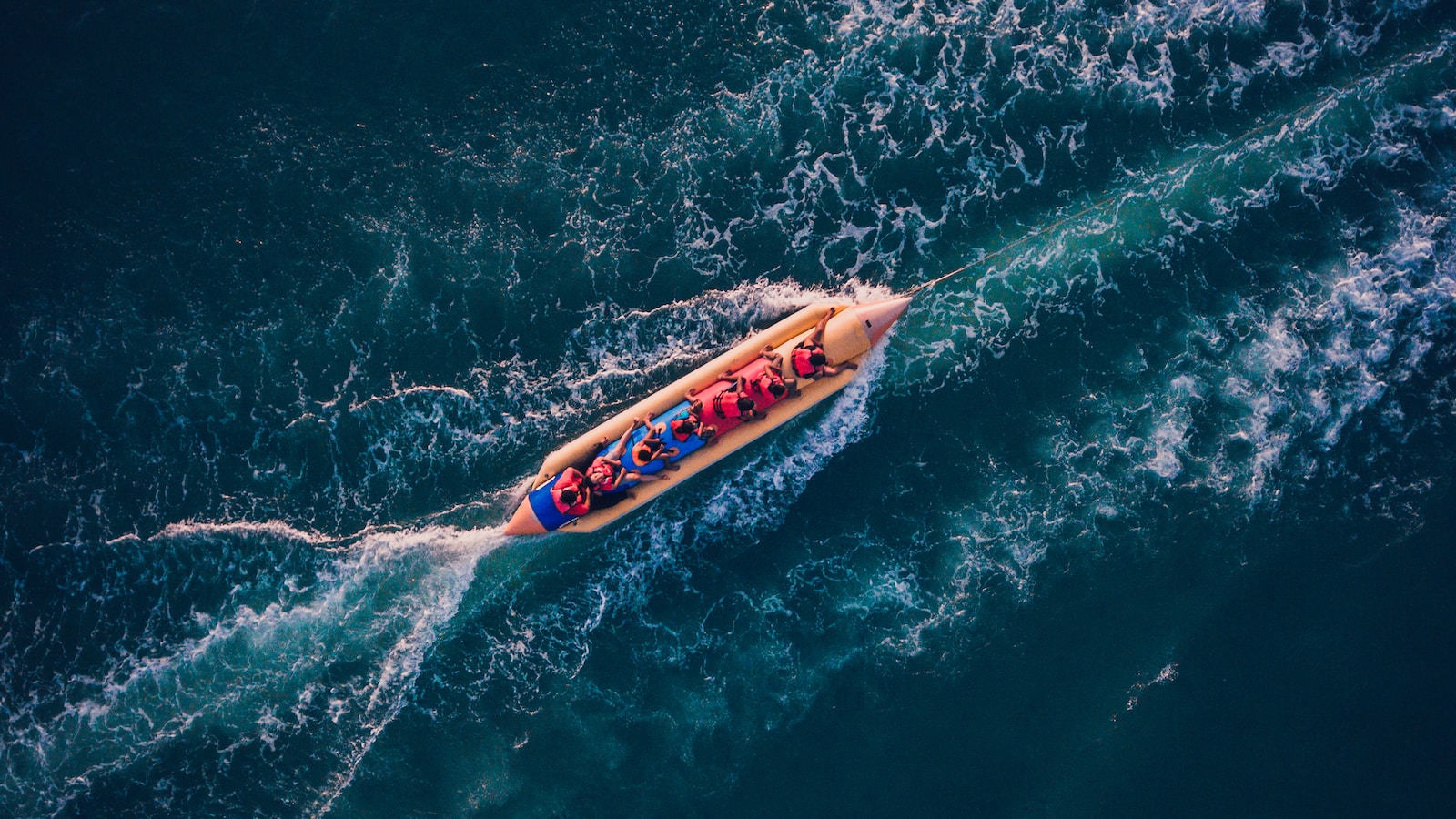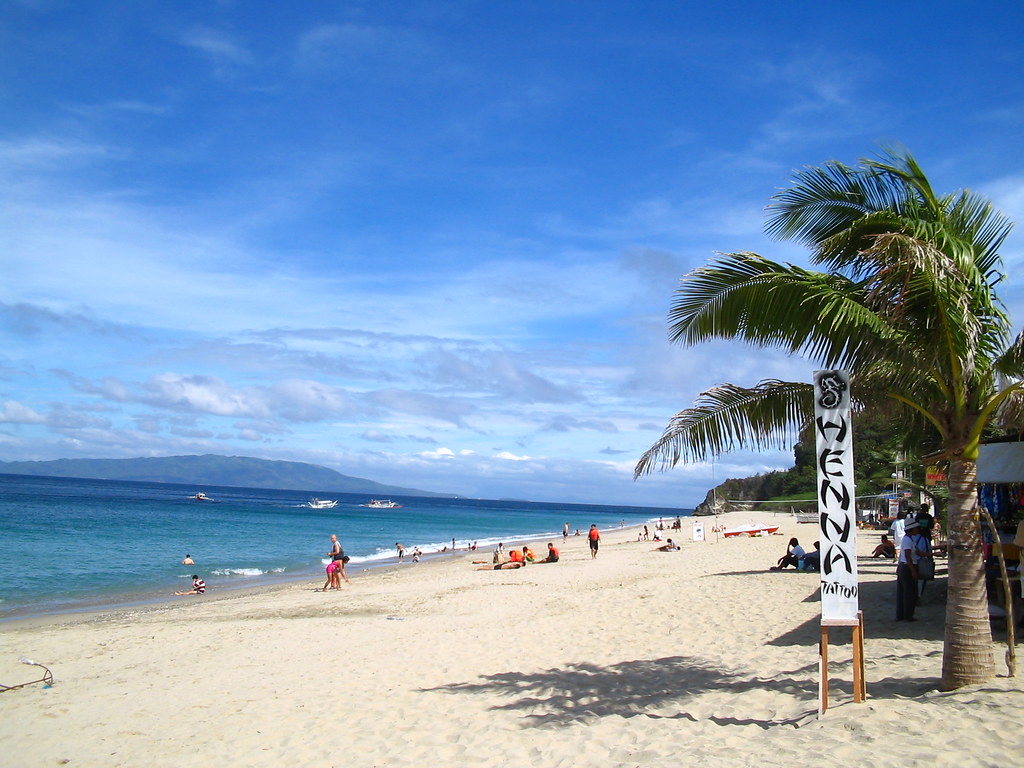Batangas Pier is a major seaport located in Batangas City, Philippines. It is the gateway to the Southern Tagalog region and serves as a vital link between Luzon, Visayas, and Mindanao. The pier is strategically located along Batangas Bay, which is known for its rich marine resources and contributes significantly to the province’s economy.
Batangas Pier is a bustling hub of activity, with numerous cargo and passenger ships coming and going throughout the day. It is the main port of entry for various goods, including petroleum products, raw materials, and finished products. The pier is also a popular destination for tourists, with regular ferry services to nearby islands such as Puerto Galera and Mindoro.
Despite its importance, Batangas Pier faces various challenges, including congestion, pollution, and natural disasters. Efforts are being made to address these issues and improve the pier’s operations and infrastructure. In this article, we will explore the history, current state, and future prospects of Batangas Pier, as well as the challenges it faces and the measures being taken to overcome them.
Location and Access
Batangas Pier is a major seaport located in Batangas City, which is a first-class city in the Calabarzon region of Southern Luzon, Philippines. The pier is situated in Barangay Santa Clara, which is approximately 110 kilometers south of Metro Manila.
The Port of Batangas is easily accessible by land, sea, and air. There are several modes of transportation available to reach the pier, including buses, jeepneys, and private vehicles. The South Luzon Expressway (SLEX) and Star Tollway provide easy access to the pier from Metro Manila and other parts of Calabarzon.
The pier is also a hub for inter-island transportation, with regular ferry services to various destinations in the Philippines, including Puerto Galera, Mindoro, and Boracay. The pier is also a gateway to the world, with regular international shipping services to and from other countries.
The Port of Batangas is strategically located, making it an important hub for trade and commerce in the region. Its proximity to major cities and industrial zones in Calabarzon makes it a preferred location for businesses and investors. The pier is also a major contributor to the local economy, providing employment opportunities and generating revenue for the city and the region.
Overall, the Port of Batangas is a vital transportation and logistics hub in the Philippines, playing a critical role in the country’s economic development and growth.
Transportation and Travel
Batangas Pier is a major transportation hub in the Philippines, connecting the island of Luzon to other parts of the country through various modes of transportation. The pier is located in Batangas City, which is approximately 110 kilometers south of Manila, the capital city of the Philippines.
Public Transport
There are several options for public transport to Batangas Pier from Manila. Buses are a popular choice, with several bus companies operating daily trips from various terminals in Manila to Batangas Pier. The travel time by bus varies depending on traffic conditions, but it usually takes around 2 to 3 hours to reach the pier.
Fast Craft and Ferries
Fast craft and ferries are also available for travel between Batangas Pier and nearby islands such as Puerto Galera, Mindoro, and Boracay. These vessels offer a faster and more convenient mode of transportation compared to buses, especially for those who are traveling long distances.
Some of the popular ferry companies that operate from Batangas Pier include RORO/Ferry, FastCat, OceanJet, and Starlite Ferries. These companies offer regular trips to various destinations, and passengers can choose from different types of accommodations, such as air-conditioned cabins, open-air decks, and VIP lounges.
Distance and Commute
The distance between Manila and Batangas Pier is approximately 110 kilometers, and the commute time varies depending on the mode of transportation used. Buses are the most affordable option, with fares ranging from PHP 150 to PHP 200 per person. Fast craft and ferries are more expensive, with fares ranging from PHP 500 to PHP 1,500 per person, depending on the destination and type of accommodation.
Overall, Batangas Pier is a convenient and accessible transportation hub for those who are traveling to and from the island of Luzon. With its various modes of transportation, passengers can choose the most suitable option for their travel needs and budget.
Port Facilities and Services
Batangas Pier is one of the busiest ports in the Philippines, with a wide range of port facilities and services that cater to both passengers and cargo. The port’s facilities are well-maintained and equipped with modern amenities to ensure a comfortable and safe experience for all port users.
Passenger terminals at Batangas Pier are spacious and equipped with all the necessary amenities to ensure a comfortable and convenient experience for passengers. The terminals are equipped with seating areas, restrooms, and food stalls, and are well-maintained to ensure cleanliness and safety.
For cargo handling, Batangas Pier has a range of facilities to cater to different types of cargo. The port has specialized facilities for handling general cargo, as well as dedicated terminals for containerized cargo. The cargo handling facilities are equipped with modern equipment and are operated by trained professionals to ensure efficient and safe handling of cargo.
In addition to cargo handling, Batangas Pier also offers a range of services to support port users. These services include amenities such as showers, WiFi, ATMs, and parking facilities. The port also has a dedicated customer service team that is available to assist port users with any queries or concerns they may have.
For those who prefer to book their trips online, Batangas Pier offers an online booking system that allows passengers to reserve their tickets and check-in online. This service is available for both passenger and cargo services, making it easy and convenient for port users to plan their trips.
Overall, Batangas Pier’s port facilities and services are well-maintained and equipped with modern amenities to ensure a comfortable and safe experience for all port users. The port’s focus on safety, customer service, and efficient cargo handling makes it a popular choice for both passengers and cargo operators alike.
Shipping and Cargo Handling
Batangas Pier is a vital port in the CALABARZON region, serving as a gateway for cargo and passenger traffic. The port is managed by the Philippine Ports Authority (PPA) and is strategically located near Metro Manila, making it an ideal hub for shipping and cargo handling.
The port handles a variety of cargo, including general cargo, containerized cargo, and bulk cargo. The Batangas International Port and the Batangas Container Terminal are two of the main terminals at the port. These terminals are equipped with modern facilities and equipment to ensure efficient cargo handling operations.
Shipping lines that operate at the port include 2GO Group, Inc., Starlite Ferries, and Montenegro Lines, among others. These shipping lines provide regular services to various destinations in the Philippines, including Cebu, Iloilo, and Palawan.
The Port of Manila is another major port in the Philippines, located in the capital city. While the Port of Manila is larger than Batangas Pier, the latter is preferred by some shippers due to its proximity to Metro Manila and lower congestion costs.
Cargo handling at Batangas Pier has been steadily increasing over the years. In 2020, the port handled a total of 2.5 million metric tons of cargo, a significant increase from the previous year. The Port Management Office of Batangas is continuously working to improve the port’s facilities and services to accommodate the growing demand for cargo handling.
Overall, Batangas Pier is a reliable and efficient port for shipping and cargo handling. With its modern facilities, strategic location, and growing cargo volume, it is expected to continue playing a significant role in the country’s maritime industry.
Ticketing and Fees
The Batangas Pier charges various fees and fares for the use of its facilities and services. Passengers are required to pay terminal fees and environmental fees, while vehicle owners are charged parking fees. The following are some of the fees and charges that passengers and vehicle owners may encounter when using the Batangas Pier:
- Terminal Fee: Passengers are required to pay a terminal fee of PHP 30 for domestic trips and PHP 100 for international trips. This fee is collected by the cashier at the terminal entrance before passengers are allowed to enter the passenger terminal.
- Environmental Fee: An environmental fee of PHP 20 is also collected from passengers before they can board their vessel. This fee is used to fund environmental programs and projects in the port area.
- Fares: Passengers are charged fares based on their destination and the type of vessel they are riding. Fares for RORO (Roll-on/Roll-off) vessels are generally cheaper than those for fastcraft and other types of vessels.
- Parking Fee: Vehicle owners are charged a parking fee of PHP 50 for the first four hours of parking and PHP 10 for every succeeding hour. Payment is made at the parking cashier before the vehicle owner is allowed to leave the parking area.
It is important to note that fees and charges are subject to change without prior notice. Passengers and vehicle owners are advised to check the Batangas Pier website or inquire at the terminal cashier for the latest fees and charges.
Destinations and Routes
Batangas Pier is a major transportation hub in the Philippines, connecting travelers to various destinations across the country. The pier offers several routes that cater to different travel needs, including both passenger and cargo services.
One of the most popular destinations accessible from Batangas Pier is Mindoro Island, which is divided into two provinces: Oriental Mindoro and Occidental Mindoro. Travelers can take a ferry from the pier to either of these provinces, with Puerto Galera being a popular tourist spot in Oriental Mindoro.
Another destination that can be reached from Batangas Pier is Quezon, a province located in the Calabarzon region. The pier also offers routes to Palawan, a popular tourist destination known for its beaches and natural attractions.
In addition to these destinations, Batangas Pier also provides routes to Romblon, an archipelagic province in the Mimaropa region. Travelers can take a ferry from the pier to Romblon Island, which is known for its marble industry and scenic spots.
Overall, Batangas Pier is a convenient transportation hub for travelers looking to explore various destinations in the Philippines. With its multiple routes and services, travelers can easily reach different parts of the country from this pier.
Issues and Concerns
Batangas Pier is an essential transportation hub in the Philippines. However, it has been plagued with various issues and concerns that affect its efficiency and safety. Below are some of the most significant problems that the pier faces:
- Scams and Hustlers: Tourists and passengers have reported incidents of scams and hustlers in and around the pier. These individuals often offer fake tours, overpriced services, or steal personal belongings. Visitors are advised to be cautious and only transact with authorized personnel.
- Security Concerns: The pier is a high-traffic area that requires adequate security measures. In the past, there have been reports of theft, pickpocketing, and other crimes. The authorities have stepped up their security efforts, but passengers are still advised to remain vigilant and keep an eye on their belongings.
- Infrastructure Issues: The pier’s infrastructure has been a cause for concern for many years. The facilities are outdated and in dire need of repair and maintenance. The lack of proper facilities and equipment affects the pier’s efficiency and safety.
- Environmental Concerns: The pier’s operations have an impact on the environment. The discharge of waste and pollutants into the sea can harm marine life and ecosystems. The authorities have implemented measures to address this issue, but more needs to be done to ensure sustainable and responsible operations.
In conclusion, Batangas Pier is an essential transportation hub that faces various issues and concerns. The authorities must address these problems to ensure the safety and efficiency of the pier. Passengers are advised to remain vigilant and report any suspicious activities to the authorities.
Nearby Amenities
Batangas Pier is a bustling transportation hub that connects people to various destinations. For travelers who need to wait for their scheduled trip, there are several nearby amenities that offer comfort and convenience.
Hotels
For those who need to stay overnight, there are several hotels near Batangas Pier. One of the most popular hotels is the PonteFino Hotel and Residences, which is only a 10-minute drive from the pier. This hotel offers comfortable rooms, a swimming pool, and a restaurant that serves delicious meals. Other nearby hotels include Days Hotel Batangas, Lima Park Hotel, and Hotel La Corona de Lipa.
Snacks and Restaurants
If you’re looking for a quick snack or a full meal, there are several food establishments near Batangas Pier. One of the most popular is Jollibee, a fast-food chain that offers burgers, fried chicken, and other Filipino favorites. Other nearby restaurants include Chowking, McDonald’s, and Greenwich. For those who want to try something new, there are also several local eateries that serve Batangas specialties like lomi and bulalo.
Convenience Stores
For travelers who need to buy essentials like toiletries, snacks, or drinks, there are several convenience stores near Batangas Pier. One of the most accessible is 7-Eleven, which is just a few steps away from the pier. Other nearby convenience stores include Ministop, Family Mart, and Lawson. These stores offer a wide range of products, from chips and candies to phone chargers and umbrellas.
Overall, Batangas Pier is surrounded by several amenities that cater to the needs of travelers. Whether you need a place to stay, a quick bite, or some essentials, you can find them near the pier.
Weather and Peak Season
Batangas Pier is a popular destination for tourists and locals alike, but it is important to consider the weather and peak season when planning a visit.
During the wet season, which runs from May to October, visitors should expect more rain and potentially rougher waters. This can affect transportation to and from the pier, as well as water activities such as diving and snorkeling. It is recommended to check the weather forecast before planning a trip during this time.
On the other hand, the dry season, which runs from November to April, is generally considered the peak season for tourism in Batangas. The weather is typically sunny and dry, making it ideal for outdoor activities such as beach hopping, island hopping, and hiking.
However, it is important to note that the peak season also means more crowds and higher prices for accommodations and activities. Visitors should plan accordingly and book in advance to avoid any disappointments.
Overall, while Batangas Pier is a great destination year-round, visitors should take into account the weather and peak season when planning their trip to ensure the best possible experience.


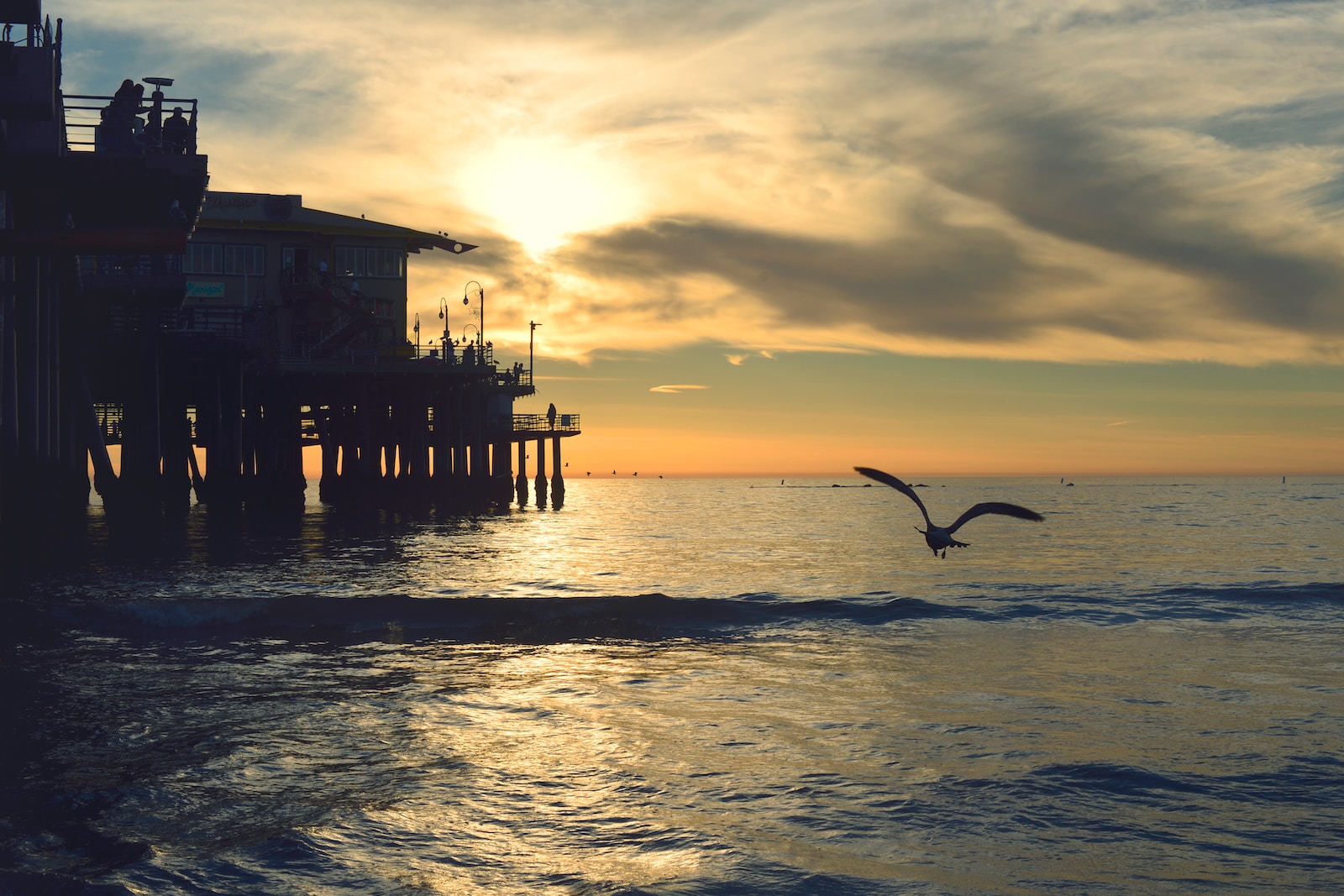
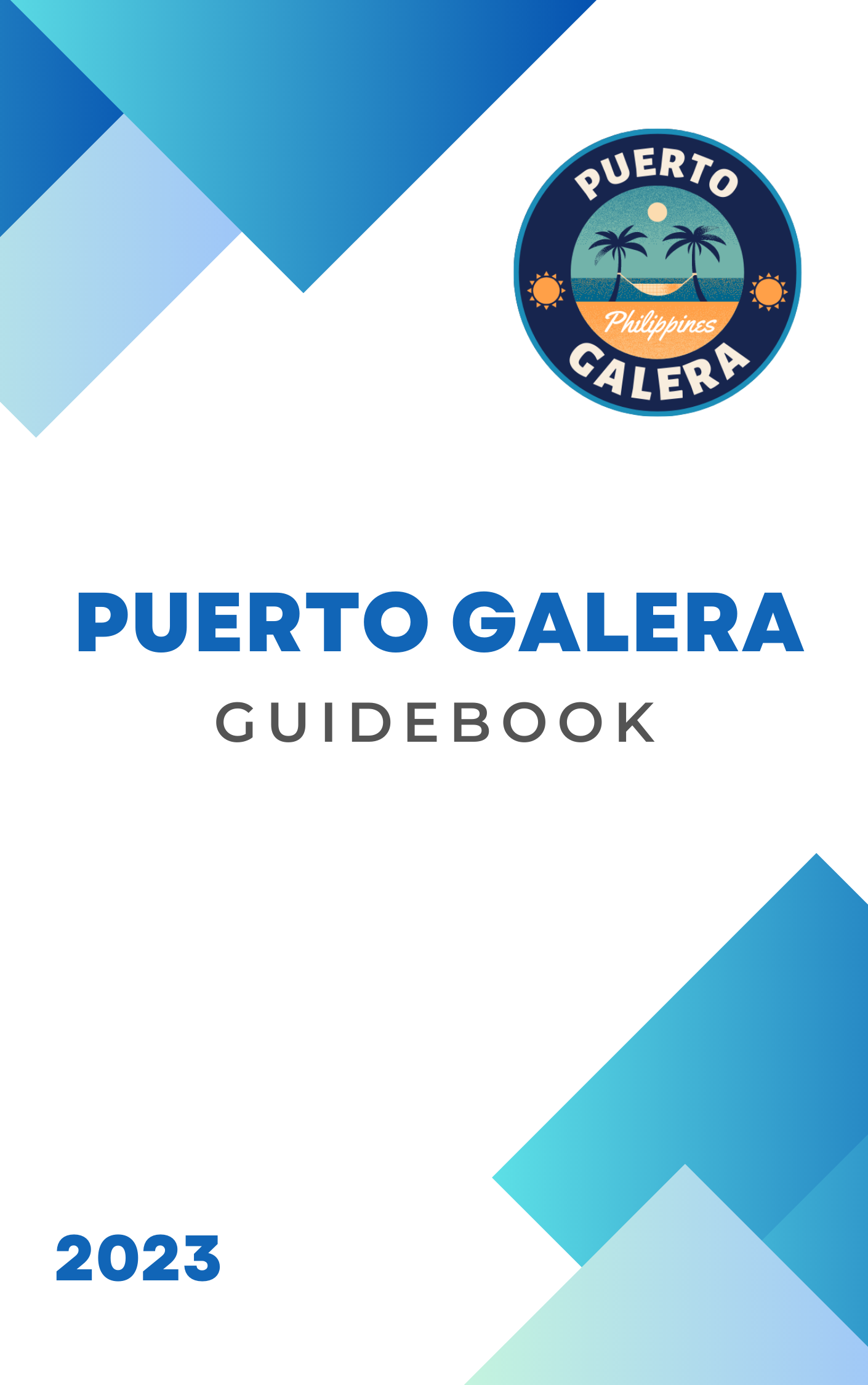
![Isora Resort [Review]](https://www.puertogalera.ph/wp-content/uploads/2023/07/d7m5xramf8g.jpg)
